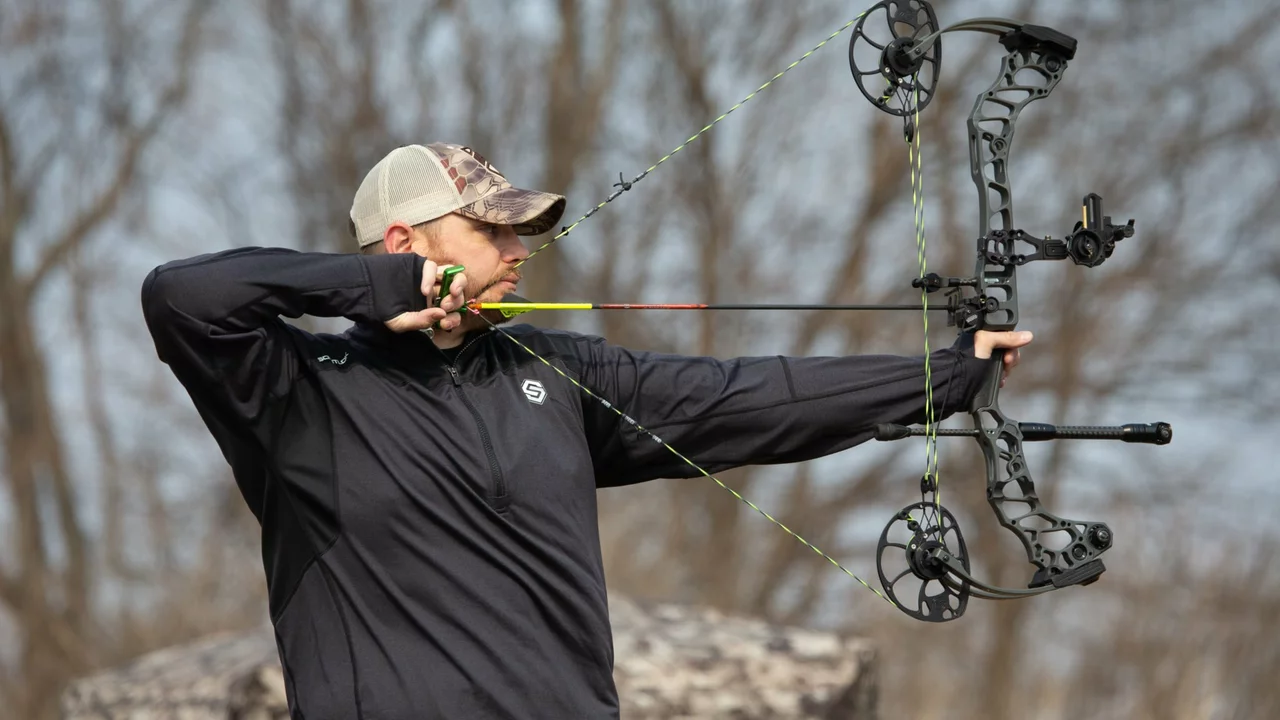Compound Bow – All You Need to Know
When working with Compound Bow, a modern archery weapon that uses a cam‑based pulley system to lower perceived draw weight and boost accuracy. Also known as lever‑action bow, it lets you hold a heavy draw while feeling a lighter hand‑load. The Cam System, the set of pulleys and cables that shape the draw curve and create let‑off is the heart of this design. Compared with a Recurve Bow, which relies on the limbs’ curvature for power, the compound bow offers more adjustability and consistency. Whether you aim at a traditional Archery Target, a circular face with coloured rings for scoring or a 3‑D animal replica, the equipment you choose influences your performance.
Why Archers Choose a Compound Bow
The biggest draw of a compound bow is the let‑off it provides: at full draw you may only feel 20‑30% of the original weight. This means steadier aim and less fatigue, which translates into tighter groups on the target. The cam system also creates a more predictable draw curve, so your muscles learn a repeatable motion. Because of these factors, many hunters and tournament shooters prefer compounds over traditional bows. A well‑tuned bow paired with a reliable arrow rest, a clear sight, and stabilizers can shave seconds off your release time and boost confidence at longer distances.
If you’re eyeing your first compound, start by matching the draw length and weight to your physique. Most clubs, including Eccles Archery Community, let you test a range of models before you buy. Look for an easy‑adjust cam package if you plan to switch between target shooting and bowhunting; modular cams let you fine‑tune let‑off and arrow speed without buying a whole new bow.
Buying or selling a compound bow online is straightforward, but you need to watch local regulations. Platforms like Facebook Marketplace are popular spots to list a used bow, but always include clear photos, a truthful description of the condition, and verify that the buyer complies with any regional transport rules. Doing a quick market check on recent sales helps you set a fair price and avoid over‑ or under‑valuing your gear.
One common annoyance for compound shooters is hand vibration at release. That buzz can mess with your aim and cause sore hands. Simple fixes include adding a palm strap, using a bow grip with vibration‑dampening material, or tweaking the limb bolts for better balance. Regularly checking your cam timing and ensuring the cables are snug also reduces unwanted wobble.
Below you’ll find a hand‑picked selection of posts that dive deeper into these topics. From buying guides and tech explanations to tips on handling vibration, the articles cover the full spectrum of what matters to anyone using a compound bow. Scroll on to explore practical advice, real‑world experiences, and the latest community updates that will help you get the most out of your bow.

